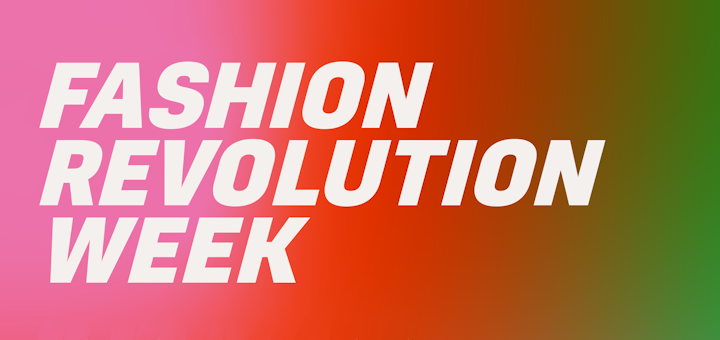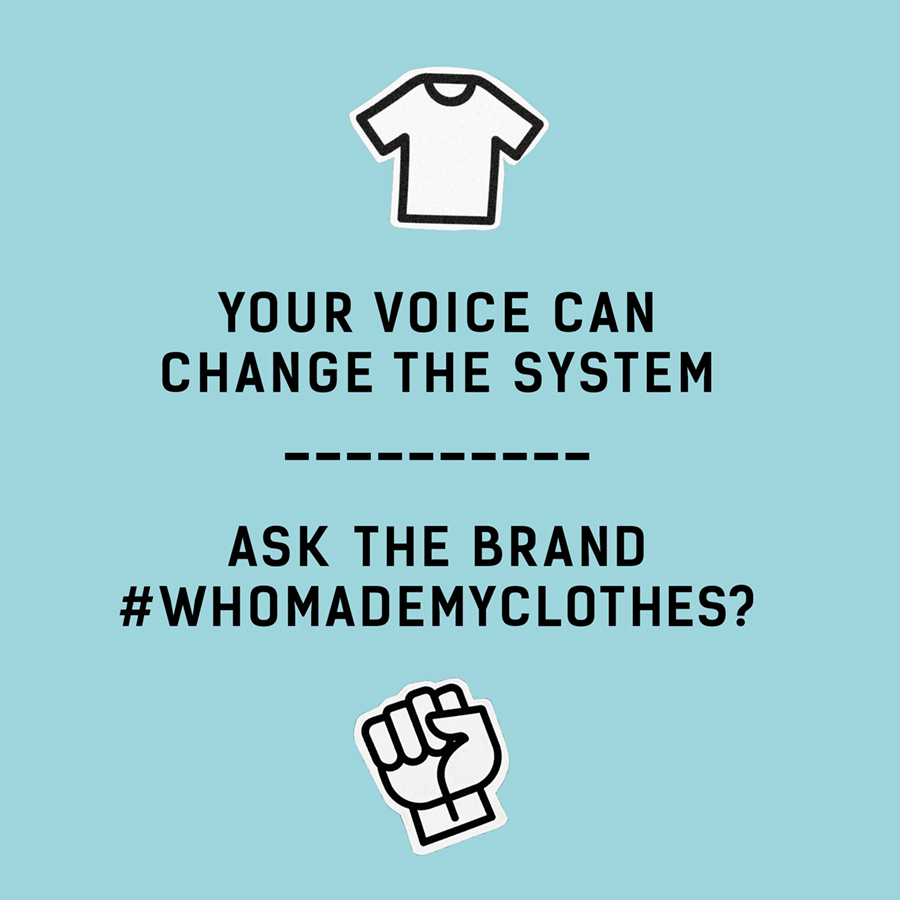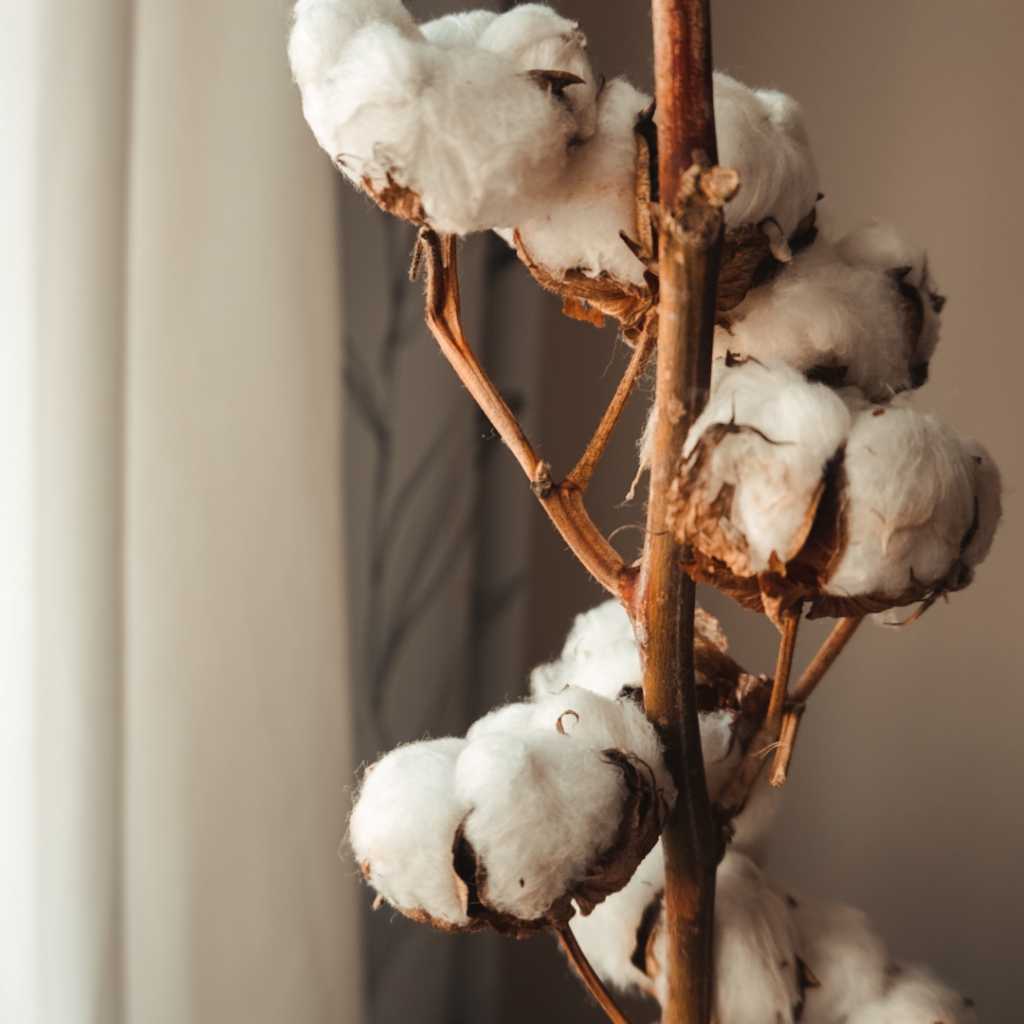Fashion Revolution Week (FRW) happens every year in the week of the 24th April. The 24th April is the date of the Rana Plaza collapse in 2013; one of the biggest industrial disasters in history.
The Rana Plaza was a building in Bangladesh which housed some major garment factories for some of the biggest fashion brands. It employed around 5000 people and more than 1100 people died when the factory collapsed and an additional 2500 people were injured. Many of the victims were young women.
Every year FRW has a different theme to highlight how problematic and damaging the fast fashion industry is. The theme for this 2022’s Fashion Revolution Week is MONEY FASHION POWER.
The mainstream fashion industry is built upon the exploitation of labour and natural resources. Wealth and power are concentrated in the hands of a small few, and growth and profit are rewarded above all else. Big brands and retailers produce too much too fast, and manipulate us into a toxic cycle of overconsumption. Meanwhile, the majority of people that make our clothes are not paid enough to meet their basic needs, and already feel the impacts of the climate crisis – which the fashion industry fuels.
As global citizens, we all have the power to take action. Now is the time to rise up together for a regenerative, restorative and revolutionary new fashion system. Now is the time for a Fashion Revolution.
There is no sustainable fashion without fair pay. Throughout the pandemic, fashion brands have made billions, while the majority of workers in their supply chains remain trapped in poverty. To address this, Fashion Revolution Week is calling for new laws that require businesses to conduct due diligence on living wages. This will transform the lives and livelihoods of the people that make our clothes, and help redistribute money and power in the global fashion industry.
We know that both people and nature are paying the price of the fashion industry’s unregulated exploitation and waste. Brands are avoiding the realities of climate breakdown by continuing to pursue extractive business models and greenwashing their way to sustainability. In 2022 brands need to radically reduce their environmental impact by shifting their focus away from growth. Small businesses and independent creatives around the world are already enacting these ideals; their courage and wisdom will lead the charge.
What is fast fashion?
Fast fashion is on the rise. Many of us are now shopping more as clothing becomes cheaper to buy and new trends and collections are now dropping more often.
To keep up with this demand clothes are produced quickly and cheaply. This fast production of clothes also means that we are now not keeping pieces for very long; perhaps only 2-3 years. We are buying clothes to throw away and replace instead of perhaps investing in high quality pieces that will stand the test of time.
Consumption has now become so popular that it is now considered ‘bad’ if you wish to repeat an outfit. It is this attitude and increase in consumerism that has led to fast fashion.
Most fast fashion brands will also manufacture where labour is cheapest. Workers often face low wages and poor working conditions without fundamental human rights. There is often no transparency into these brands’ supply chains.
Fast fashion also has a disastrous impact on our planet and environment. These cheap, low quality materials need huge quantities of water to produce which depletes many critical water supplies. Additionally, they use toxic chemicals to dye textiles which leads to mass pollution of natural water supplies.
Sustainable Fabrics
There are many fabrics to look out for when purchasing your clothes that are kinder to people and planet.
Organic Cotton – Compared to conventional cotton, organically grown cotton uses much less water. Organic cotton tends to be grown in rain-fed areas where farmers will rely on the rain to water their crops instead of depleting the water from other sources. There are also no chemicals used in the growing of organic cotton such as pesticides that will pollute the ground. Due to the lack of chemicals used, clothing made from organic cotton also tends to be softer and better for our skin.
Linen – Linen is one of the oldest and natural fabrics in the world. Linen can grow without the use of harmful chemicals and pesticides. Also, the flax plant that linen comes from needs little water to grow and can rely on just rainwater. Linen is also extremely lightweight and breathable.
Bamboo – Bamboo fabrics are eco-friendly and sustainable. Bamboo is known to grow quickly without the use of chemicals and pesticides. It also does not need large amounts of water to grow. As it grows quickly, that means that there is not a shortage of the plant; it is able to regenerate itself. Bamboo fabrics have many anti-bacterial properties making it absorbent and breathable.
These are just some of the sustainable fabrics you can look out for when trying to find more sustainable pieces. Some of our favourite brands who use ethical fabrics such as the ones above and more are Nomads Clothing, People Tree and Thought Clothing.
Why not ask your favourite fashion brand #whomademyclothes?
Find out how you can get involved in FRW here
Check out our range of ethical and sustainable fashion here






